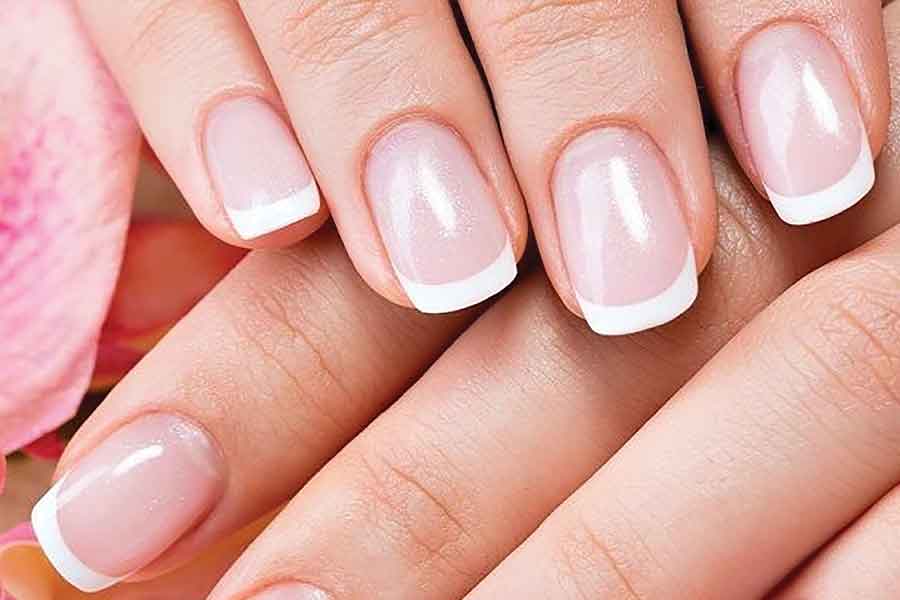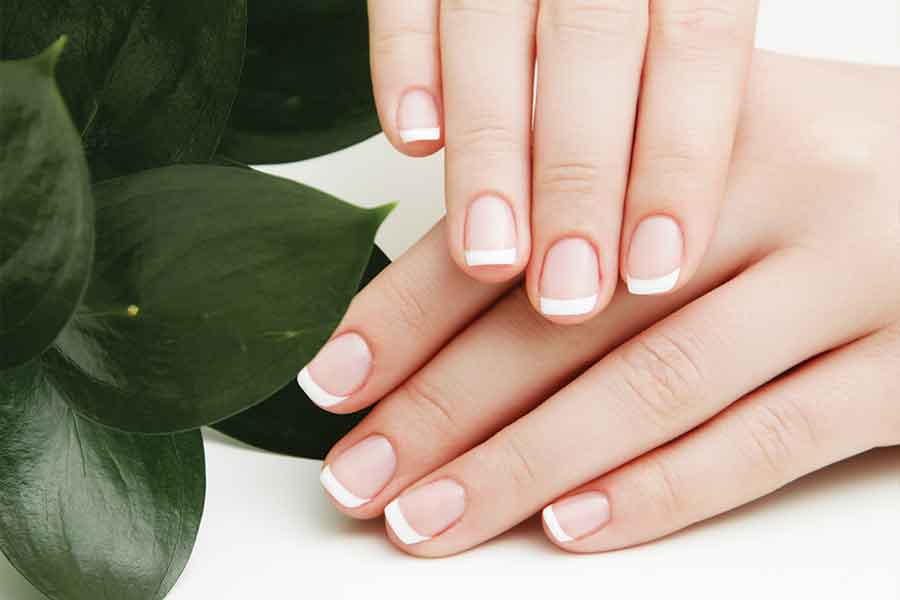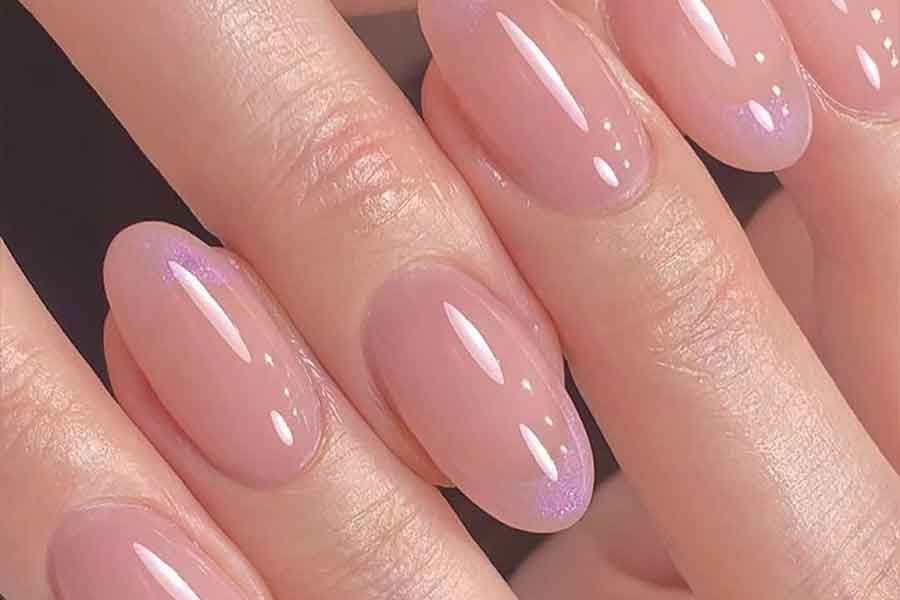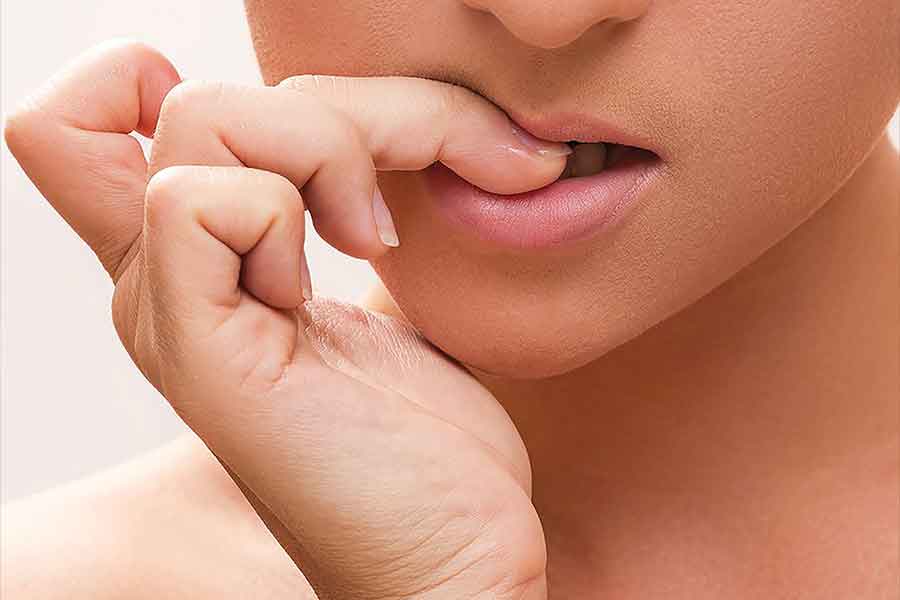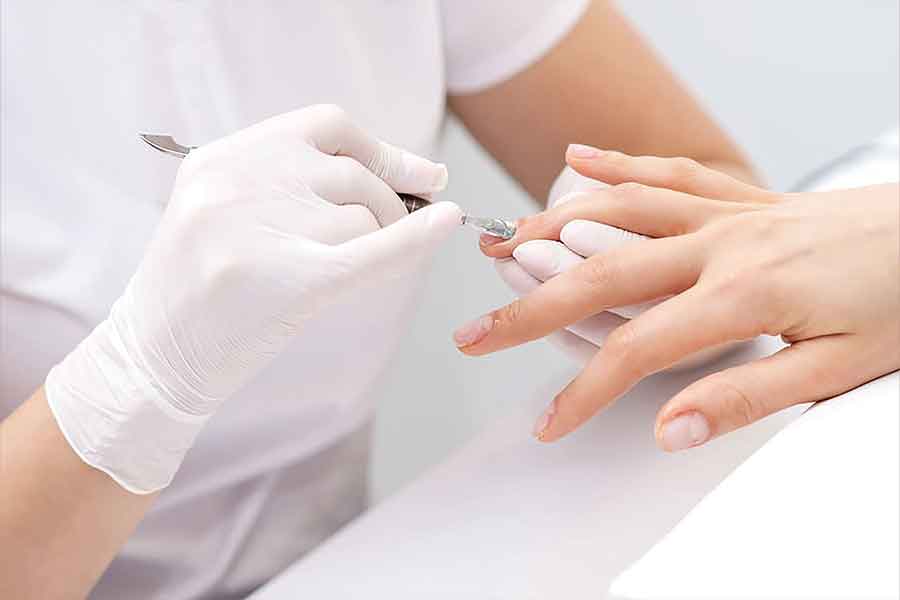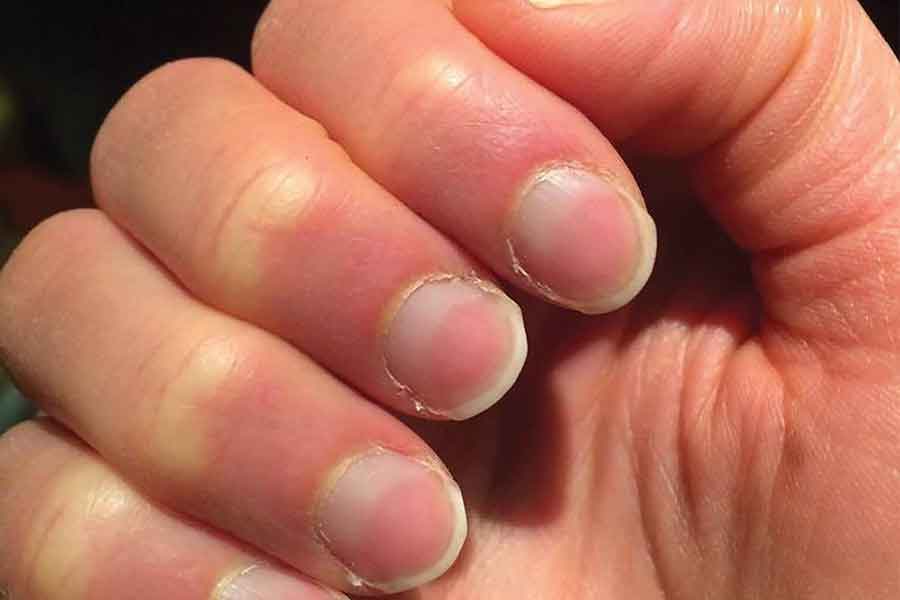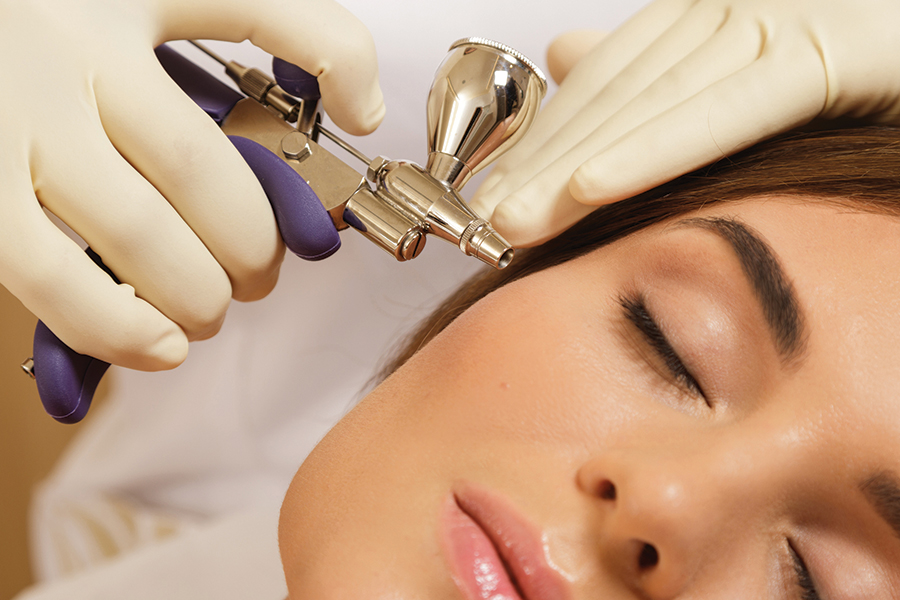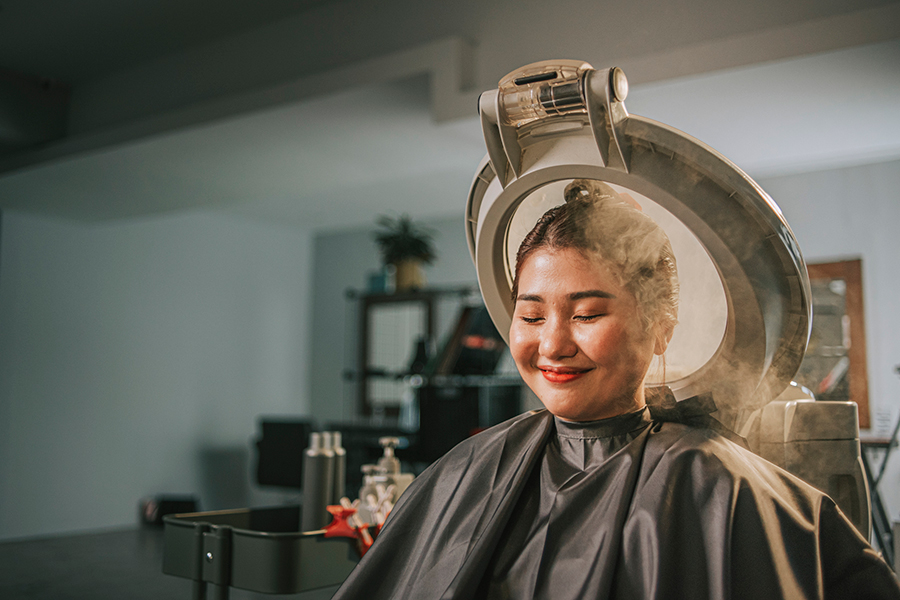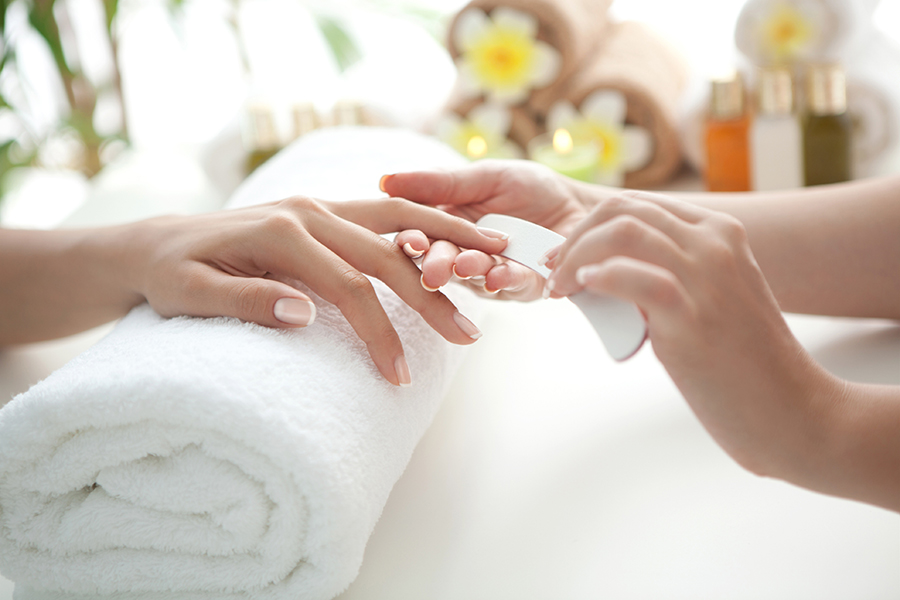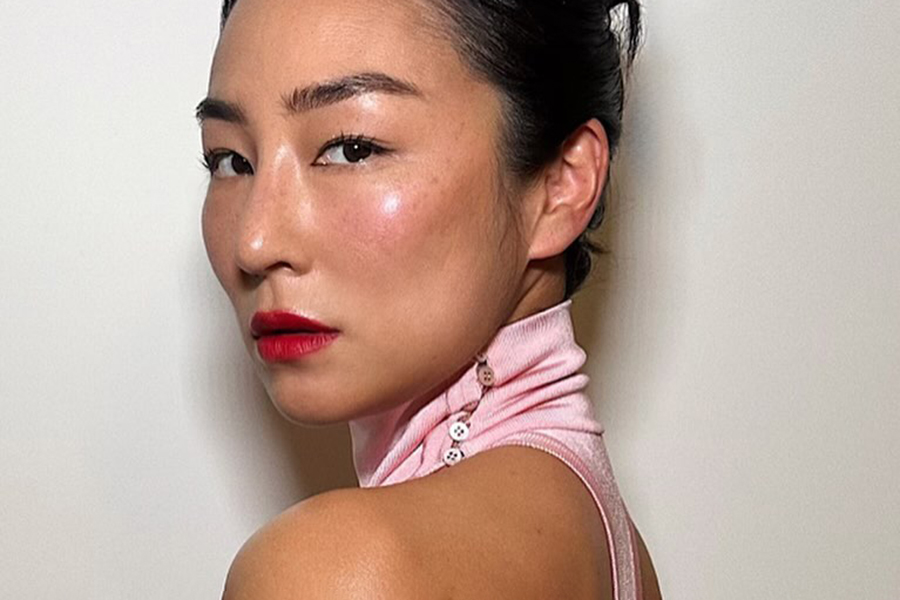In an exclusive interview with StyleSpeak, Dr. Madhuri Agarwal, Founder and Director of Yavana Aesthetics Clinic shares important insights about recognizing healthy nails and maintaining it.
While beautifying nails is a part of a nail technician’s job, advising clients about their nail health is simultaneously an essential service. Nails are truly the Rosetta Stone of the body. From dry skin to severe issues like melanoma, nails can indicate all sorts of health conditions and problems. Dr. Madhuri Agarwal, Founder and Director of Yavana Aesthetics Clinic, answers questions about nails and nail health.
-
-
- What should healthy nails look like?
-
Healthy nails indicate a healthy body and reflect an attractive appearance. Healthy nails are pinkish white in colour. Cuticles are present and there is half-moon shaped whitish portion at the nail base.
- What are the three main things to do to have and maintain healthy nails?
- Keep the nails clean and dry: Always clean your nails regularly. In case there is dirt, you can use a baby toothbrush to gently clean the sides and inside of nails with soap and water. Dry with a clean towel or tissues.
- Nail routine: Apply a hydrating moisturiser for cuticles containing ceramides, glycerine and urea at least twice a day, especially after water work.
- Nail length: The length of nail should not be at the cost of nail health. Keep the nail short and round. This will keep breakage and snagging of the nail ends. Trim nails once in 15-20 days.
- What should be avoided for healthy nails?
- Avoid nail biting or picking on cuticles: The constant biting and absence of cuticle can be traumatic for nails. It will make the nails vulnerable to infections.
- Avoid exposure of nails to harsh detergents, chemicals and constant water: This will weaken the nail barrier and lead to easy breakability and fragile nails.
- Avoid using nails as your quick tools: Using nails to open bottles or lids can cause damage to nails.
- Avoid too frequent nail salon sessions with gels and acrylic: This often leads to nail thinning. In fact, give your nail an occasional break from nail polishes too to keep them from yellowing.
- What sort of symptoms and abnormalities in nails should nail technicians look out for in their clients?
- Change in colour: When the nail changes colour in patches of yellow, green, blue or black, it is a sign that there may be infections.
- Change in shape: Distorted, clubbed, or curled nails can indicate heart or lung disorders.
- Change in texture: Nails that are thickened, powdery, pitted or ridged can indicate psoriasis, atopic dermatitis or nutritional issues.
- Brittle nails: Frequent exposure to water and strong detergents or chemicals leads to easy chipping, peeling, or breakage of nails.
- Pain, oozing discharge: There can be swelling and blood or pus discharge from nails due to infections or injury.
- How accurate is medical diagnosis made from nail symptoms?
Nails often reflect internal health. A dermatologist usually can help diagnose underlying health issues by examining nail changes. However, it is not always accurate to predict medical diagnosis, especially internal disorders, from nails. A combination of medical history, clinical examination, and relevant blood tests is necessary to arrive at the appropriate diagnosis.
For example, nails that are painful, greenish in colour, and thickened could be hosting fungal infections and do not require multiple tests for diagnosis. However, when the infection is repeated or there are colour changes such as black spots, nail biopsy and blood test are required to know whether the underlying reason is melanoma, diabetes, or kidney diseases.
- What are the symptoms that someone should see a doctor?
It is recommended to consult a certified dermatologist whenever abnormal changes in the nail are detected. Any symptom that is not resolving easily or quickly or tends to increase should be consulted with a dermatologist. The signs and symptoms that might prompt a dermatologist visit are:
- Consistency changes such as roughness, thickness, ridges or pits
- Colour changes of yellowish, greenish or black spots or patches in nails
- Pain or continuous discomfort in nails
- Fragile nails that break, split, or peel easily
- Slow growth of nails
- Growths under nails or nails coming off easily
It is imperative that nail technicians remain aware and informed about not just the aesthetics of nails, but also health conditions associated with nails. This awareness allows them to provide holistic care and support for their clients, providing exemplary services and building rapport with their clientele.

